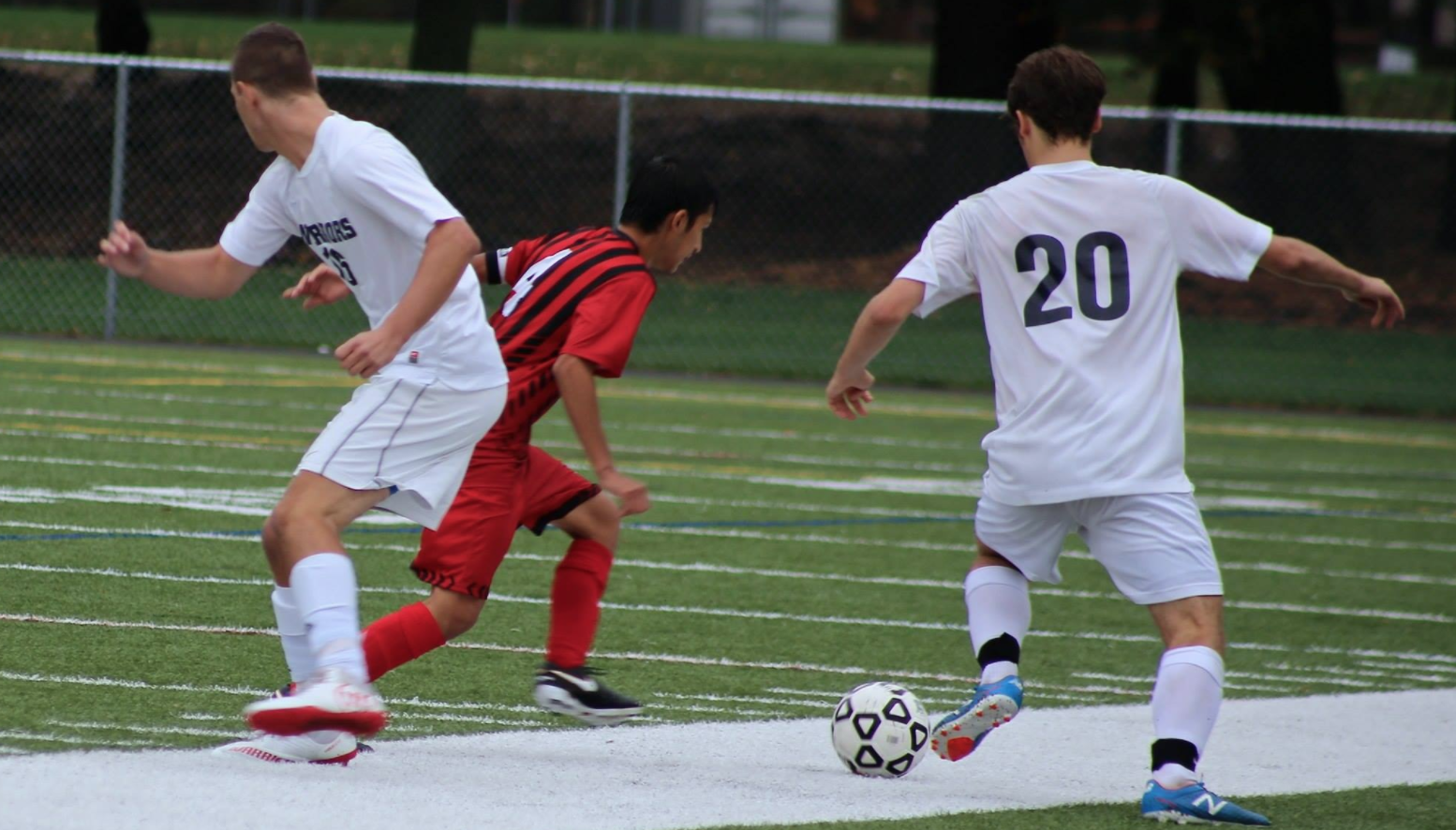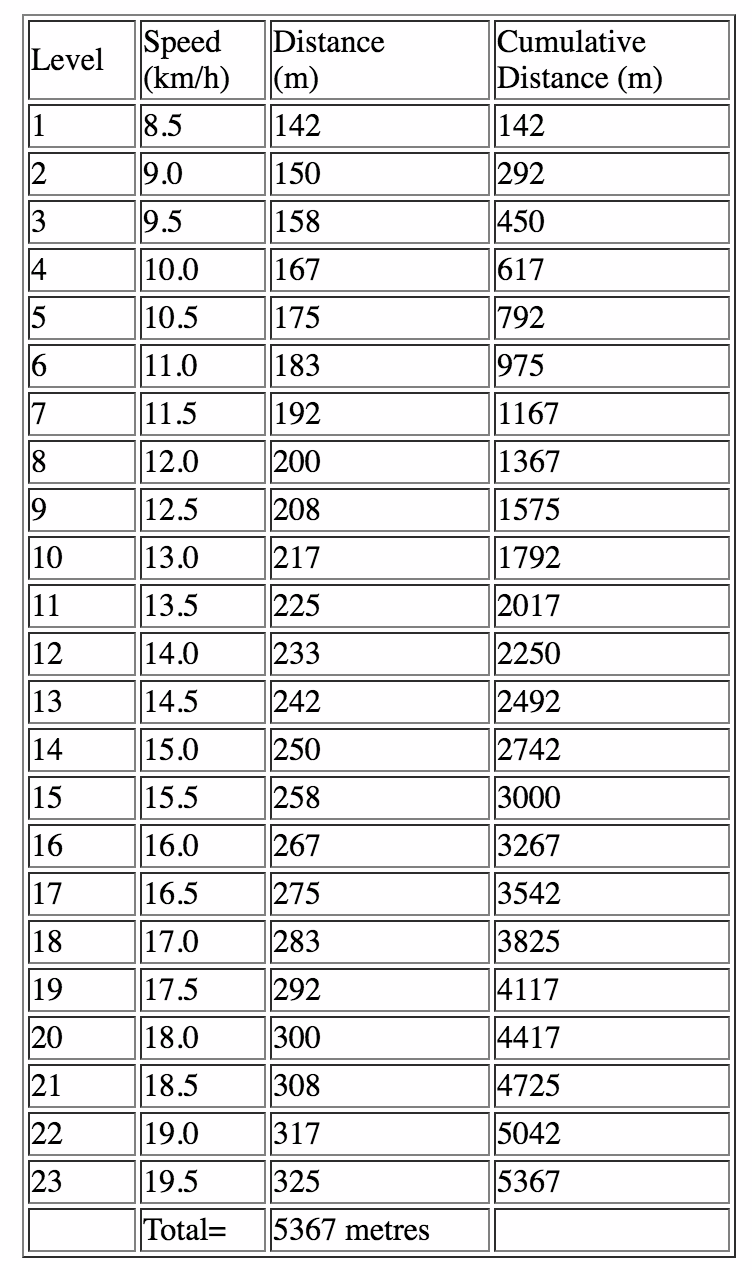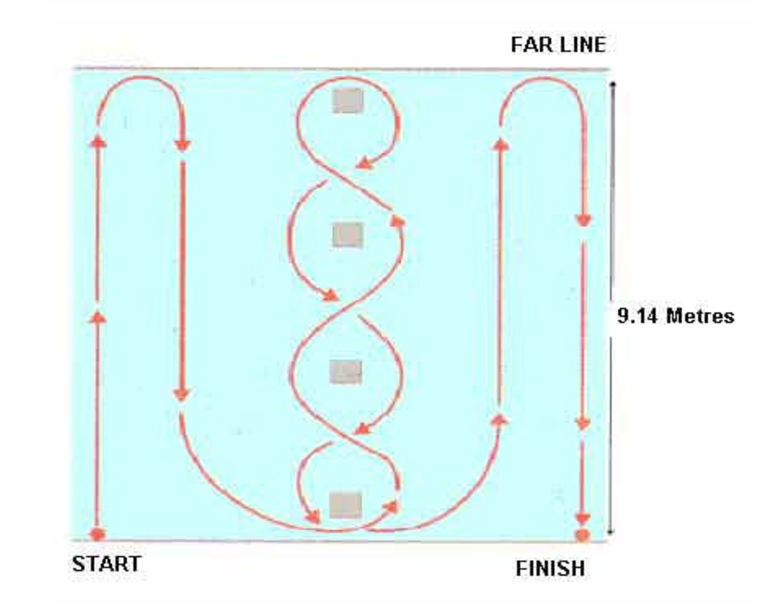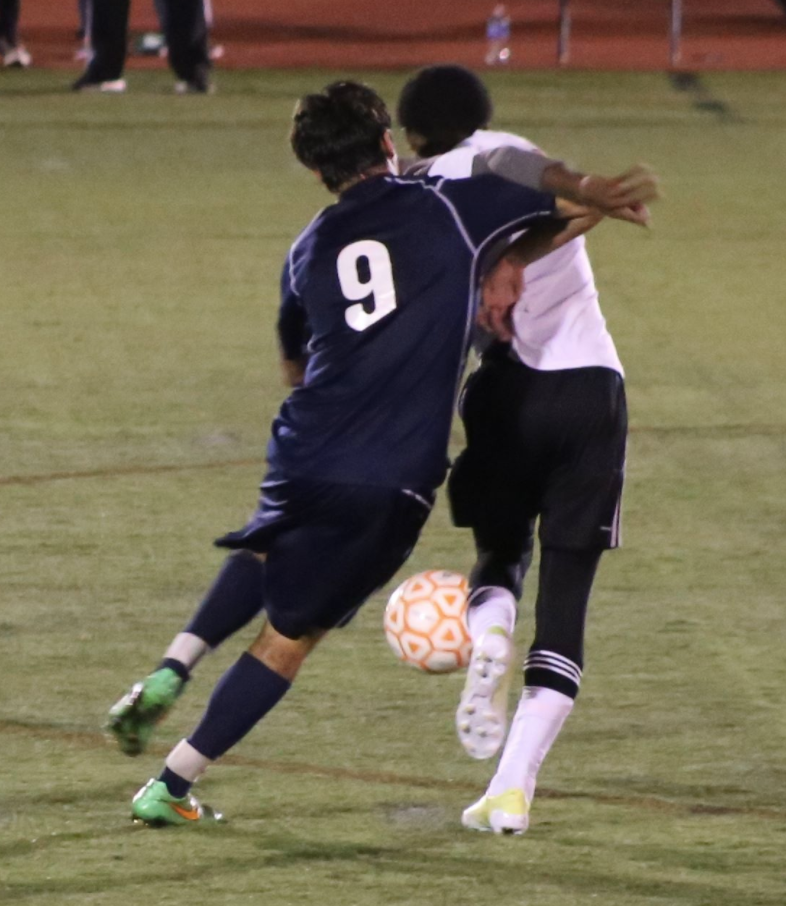Testing for Soccer
By: Patrick Beith

Creating a periodization program for the upcoming soccer season takes a lot of time and effort. Hours are spent putting together a training program with hopes of having a great season and improving on the previous year.
The big question is, how do you know if you have a perfect training plan for your team? How do you quantify how successful your program is/was? Do you go by wins and losses?
Wins and losses are not based solely on your program and its success. I have seen teams that were winning games in spite of their poor training program. I have seen teams with talented athletes but can’t win any games.
What I am trying to say is that you cannot measure the success of your team and your training program on wins and losses alone. They are certainly an important aspect of any team sport, and they may be a part of how you measure your success, but in order to maximize your team’s potential, you must figure out the exact needs of your players.
When mapping out your training program, and following Tudor Bompa?s and other program design expert’s guidelines, your program is still not guaranteed to be successful. You could have the best training schedule “on paper” but when it becomes game time, your athletes aren’t responding.
What do you do? What are your athletes missing? Did you do too much conditioning work? Not enough? How do you course correct your team now?
You need a measurable way of assessing the success of your program – something you can track and something you can quantify in order to compare before, during, and after season results.
So how do you accomplish this? What makes up a successful training program and how do you make sure that your program design is right for your team? How do you measure the success of your program, or how well your program is working? Answer: Measure the athletes.
Testing your athletes gives you a measurable way of not only assessing the athlete but also assessing the success of your program. The results of these tests can be powerful tools in developing the ideal training program. Being able to evaluate and test your athletes provides you with such valuable information and can have a dramatic effect on your program’s success.
What is surprising is that many coaches are not testing at all or are testing but they just don’t know the purpose of the test.
Testing gives you a gauge on what needs to be addressed with individual athletes and the team in general.
Testing Tips:
1. Test the first day of practice.
This will let you know:
– Exactly what does your team need the most for training?
– What types of athletes you have on your team (speed, endurance, agility)?
– Did your players do any work in the off season?
– What is the established baseline for your team?
– It also provides feedback for each individual player (shows strengths and weaknesses).
2. Test midway through the season for measured progress:
– Are your athletes improving at all?
– Is there something that your training program isn’t addressing (did the results remain the same or decrease since the first testing)?
– Do you need to make adjustments in your program?
– What are the effects of current training?
3. Test at the end of your season
– How did the season go and did you achieve your season goals?
– Did your athletes score better on the tests?
– Set new goals/standards for athletes for the following year.
Based on your final testing you can now evaluate how your season long training program went. With this feedback you can now make notes as to how you can improve upon your training plan for next year.
Here are some of my favorite tests for soccer players:
SPEED TESTS
10 meter start
This tests the ability to accelerate and is a good indicator of strength (or lack thereof). Begin by starting on the right foot and sprint 10 meters. Repeat this starting with the left foot forward. Perform 2 times each leg. Ideally, the score from the right leg forward and the left leg forward should be equal. If not, note discrepancies.
Flying 30 meter test
This tests your maximum velocity speed. You are actually running 60 meters. You get 30 meters to accelerate and from 30 to 60 meters is the flying 30 that is tested.
Repeat 30 meters
This test measures speed endurance. The athlete is running 8 times 30 meters. A 30 meter sprint repeated 8 times with a short rest interval. Mark best times, average times, and level of performance drop off.
CONDITIONING TESTS (ANAEROBIC ENDURANCE)
300 Shuttle
The 300yd shuttle is great for large teams. It will not be accurate for testing VO2 or anaerobic thresholds. Place two cones 25 yards apart. Start at one cone and on the command of the timer sprint to the far cone and touch the line, with your foot. Turn and run back. Repeat 6 times (300 yards) without stopping.
Beep Test
For this test, you need to download the Beep Test or purchase the CD. This test involves continuous running between two lines 20 meters apart in time to recorded beeps. The time between recorded beeps decrease each minute (level). There are several versions of the test, but one commonly used version has an initial running velocity of 8.5 km/hr, which increases by 0.5 km/hr each minute.
– The athlete must place one foot on or beyond the 20m marker at the end of each shuttle
– If the athlete arrives at the end of a shuttle before the beep, the athlete must wait for the bleep and then resume running
– The athlete keeps running for as long as possible until they can no longer keep up with the speed of the beeps
– The athlete’s score is the level and number of shuttles reached before they were unable to keep up with the tape recording.
Here are some beep test calculations from Wikipedia:

MULTIDIRECTIONAL SPEED TESTS
Illinois agility test
This is a great test to show body control, agility, and change of direction skills. The athlete starts on the ground in a prone position. He/she gets up as quickly as possible and sprints to the top cone directly in front of them. The athlete then sprints down to the bottom of the middle cones and goes around the first cone. The athlete then weaves through the middle cones and once through, sprints to the top right hand corner cone. He/she runs around the cone, and then sprints through the finish line. This test is probably best explained by the picture shown.

*Images from www.afp.gov.au
5-10-5
Place 3 cones 5 meters apart in a straight line. The athlete starts at the middle cone. On the athlete’s first movement the clock starts. He/she runs to the cone on one side, turns quickly and runs to the furthest cone away from him/her. The athlete then cuts or turns at the cone and runs through the middle cone and the clock is stopped.
POWER TESTS
Vertical Jump
Use either the Vertical Jump equipment marker or use a wall. With the athlete standing up tall with his/her feet on the ground have him/her reach up as high as possible and measure this with a mark on the wall. Repeat this with the athlete standing slightly away from the wall. The distance between the 2 measurements is his/her score.
Standing Long Jump
Standing with both feet together on a starting line, the athlete jumps out as far as possible. Measure the furthest point back closest to the starting line. Feet should be relatively even on the landing.
* When timing is needed, use electronic timing if you can to get a more accurate score. If you use a stop watch, make sure that you round up to the nearest tenth. For example, if you have a 4.42 on the stop watch, then it would be scored a 4.5.
** I don’t really like to give baseline national numbers that are assumed everyone should be. Use these tests more to provide your team results, team standards, and team averages, as well as highs and lows.
Recommended Athletes’ Acceleration Products
—————————————————————————–
About The Author:
Patrick Beith is the CEO & Founder of Athletes’ Acceleration, Inc. Patrick holds his Bachelor of Science in Exercise Physiology, and is recognized by National Strength & Conditioning Association (CSCS), National Academy of Sports Medicine (PES), American College of Sports Medicine (HFI), International Youth Conditioning Association (IYCA) and USA Track & Field Coaching Level II (Jumps, Sprints, Hurdles and Relays). A renowned coach, Patrick specializes in speed training & athlete development of various levels. As a performance coach, his concepts and products have helped thousands of athletes & coaches around the world. From athletic development to fitness business development – consulting, lecturing and teaching – Patrick strives to help each client achieve their goal and to reach their full potential.




0 Comments for “Testing for Soccer in Depth”